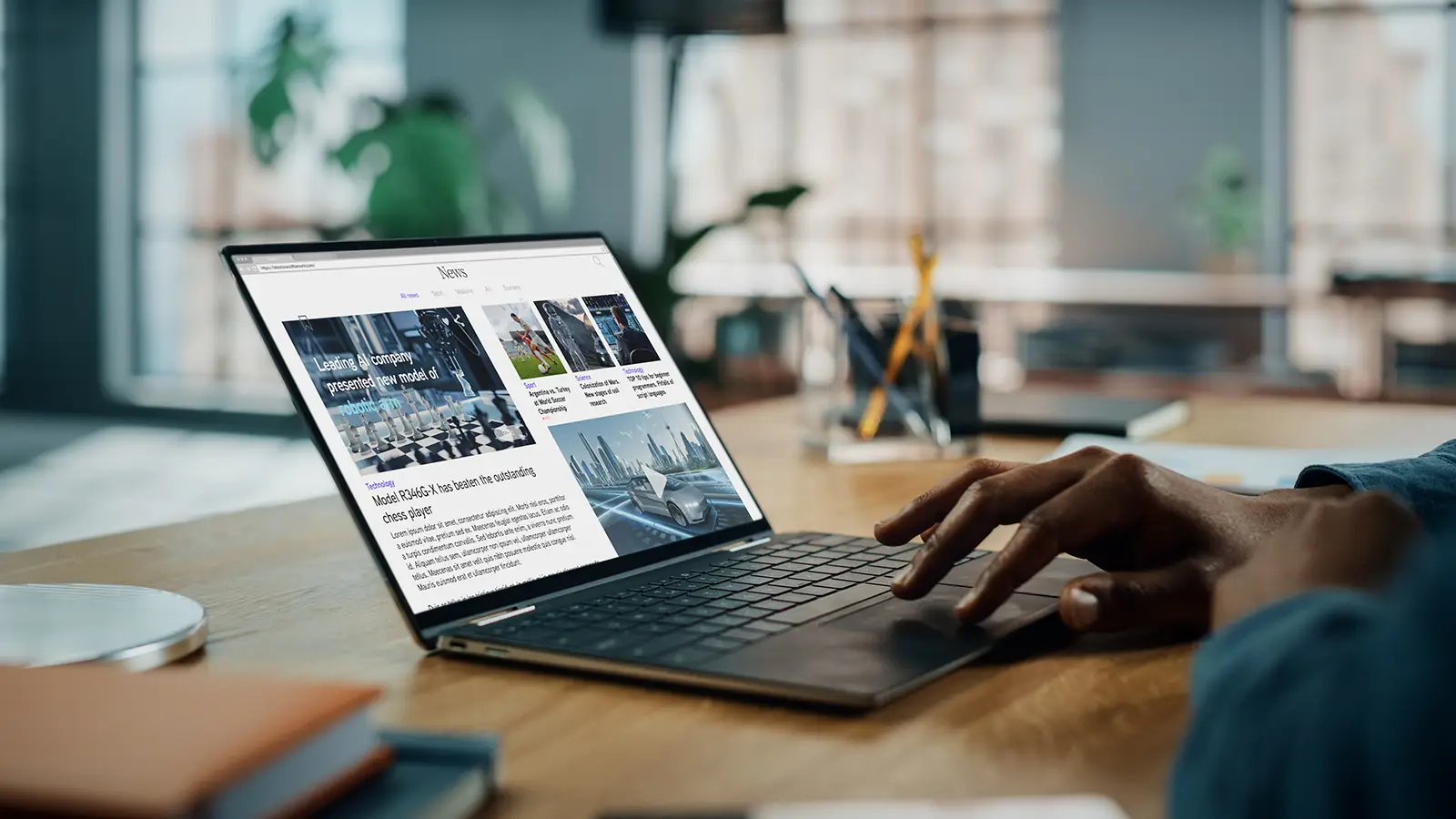Hint: E-commerce digital transformation must go beyond mere online presence.

Amazon’s recent announcement that it will buy Whole Foods for $13.7 billion sent shockwaves throughout the retail world, and the news is being discussed from just about every possible angle. While some pundits are crying doom and gloom, this is a pivotal moment for grocery retail, and there are practical, strategic steps that stores can make to keep up with the digitization of the industry.
While analysts are predicting a number of chain reactions from the merger—for example, Amazon is expected to lower prices on small- to mid-sized organic brands, further hurting mainstream consumer packaged goods (CPGs) like Kraft Heinz and Campbell Soup—there’s no doubt this move amps up the already stiff competition wars of the $650 billion U.S. grocery industry.
Food retailers already provide a multichannel experience—consumers shop in stores and online, through a variety of mobile apps, store pickup, and home delivery—that’s the norm now. To take the next step in the e-commerce digital transformation and achieve essential bottom-line savings, stores will want to take a digital approach to their operations as well. There are several ways leading technology—from the Internet of Things to data analytics—can be applied to save on labor, energy, and other operational resources, improving store performance and ensuring more sustainable profits.
Real-time operations monitoring
Retail giants like Kroger, a Mission Data client and one of the country’s largest supermarket chains, know that maintaining a razor-sharp focus on the customer as well as operations is essential to adapting and surviving. Mission Data has collaborated with Kroger on several initiatives that improved their customer experience and workforce efficiencies while increasing their bottom line. One of our solutions, a temperature monitoring system, is now deployed at nearly 3,000 grocery stores and has given Kroger a 5:1 return on investment (ROI). We recently commercialized a solution based on the Kroger initiative. The new product, OpSense, is a powerful Internet of Things (IoT) based platform that goes beyond temperature monitoring to track nearly all aspects of facility operations.
The IoT sensor network can monitor temperature, humidity, open doors, HVAC conditions, lighting, and more. Applications in grocery stores include monitoring freezers, deli counters, food prep and storage areas, and other components of the cold chain. OpSense offers a multi-tenant Software-as-a-Service (SaaS) for tracking and reporting of key store operations. Customizable web and mobile apps send real-time alerts via SMS, email, or phone to prevent product loss or equipment failure.
The sensors continuously measure and transmit secure data as often as the user wants to track those updates. The data is then ready to analyze on dashboards where it can be viewed and used to generate historical reports for food safety compliance logs as well as data-driven decision making.
Boost employee efficiency
One of the largest components of a store’s operating costs is labor. Rather than view employees as a cost driver, companies that focus on frictionless employee experiences generate as much as 81 percent greater customer satisfaction, according to Forrester. Retail associates are on the front lines of customer service and interaction, which is unparalleled compared to the online shopping experience. This presents a massive opportunity for retailers looking to improve sales and drive customer loyalty. Investing in the employee experience—even for low-skilled, high turnover employees—can make a significant impact on store operations.
Within its supermarkets, Kroger employs a mobile technology used by managers and associates to communicate tasks quickly and efficiently. By assigning associates to on-demand tasks, scheduled tasks, and specific roles, managers can better plan staffing resources and meet operational needs at the right time. The tech also allows for faster onboarding of new employees.
Another solution Mission Data worked on for Kroger to boost workforce efficiency is the Center of Recruiting Excellence (CoRE) scheduling tool. CoRE supports the hiring process for Kroger’s distributed workforce—more than 431,000 associates in 35 states, last we checked. The system manages interview calendars, ensures candidates speak to the right staff, and offers reporting.
Making use of data analytics
For retailers, understanding the total view of the customer is key to growth—after all, preference matching is what Amazon is known for. On a lesser scale, Kroger is known for its focus on big data analytics, from personalized content such as suggested recipes based on shopping behavior to its customer analytics business, 84.51°, which informs marketing promotions and more.
Another solution Mission Data has been working on for Kroger, Enhanced Display for Grocery Environments (EDGE), provides essential data for store managers and CPG managers to act in real-time. A fully-integrated IoT solution, shelves are fitted with a digital display that can present pricing information, videos about the products, and other information. They can tell associates where SKUs should be placed on the shelves, and which items are selling faster than others.
E-commerce digital transformation: More than one approach
There are a number of solutions out there for retailers to cut their bottom line, and there’s no one perfect path to success. As retailers put more money toward digital, those that transform their entire organizational process to alleviate pain points for employees and shoppers alike stand to survive in these low-margin times. Emerging technology holds great promise in allowing stores to quickly solve problems, identify capabilities, transfer complex data, and coordinate actions.
IT leaders and C-level executives would be wise to find a strategic partner to keep up with rapidly changing technology and resources to gain a competitive edge. If your organization wants to discuss innovation and driving change to get ahead of disruption, contact Mission Data today.










